Full Archive
A complete archive of every post, unsorted.
The promising potential of a developer rediscovering his love of games is tarnished by the mediocrity of its gameplay and occasional self-indulgence in its narrative.
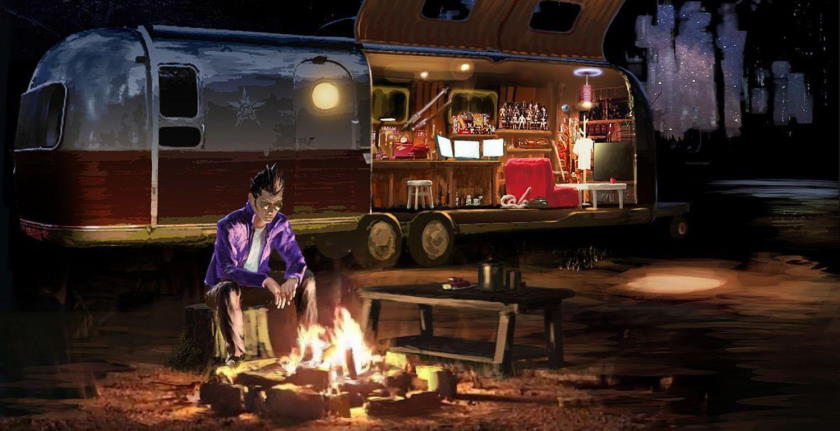
My interest in Travis Strikes Again diminished once its gameplay had been revealed. The preceding two titles of the No More Heroes franchise lack mechanical depth, but they possess a blistering pace of violence punctuated by bloody dismemberments and suplexes executed through simplified motion controls. A differently stylized version of DOOM’s Glory Kills, preceding one of the shooter’s defining features by almost a decade.
That stylish satisfaction looked to be missing in Travis Strikes Again, replaced by the top-down hack-and-slash antics more reminiscent of Gauntlet than the frenzy of Devil May Cry simplified. While I like to try and receive each type of game openly – even spin-off titles like Metroid Prime: Federation Force – the less hectic game style just had far less appeal to me.
It was only after seeing the thoughts and impressions of a few YouTubers I follow that my curiosity was once more piqued. Many on Twitter had observed Travis Strikes Again to potentially be game director Goichi Suda’s most personal work. TheGamingBrit’s deep dive on the game would push me towards a purchase. I became determined to see for myself what sort of auteur work was hidden within this low-budget follow-up to a game franchise forgotten by mainstream audiences.
What I found was certainly a personal work, but one whose most interesting content is tainted by the far more oppressive presence of mediocrity and self-indulgence.
No, not games that got you into gaming. More games where a once obtuse genre for you suddenly... click.
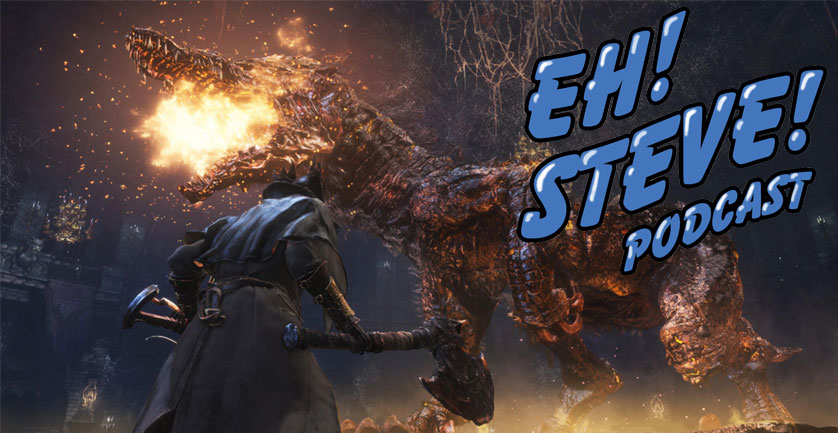
Is The Legend of Zelda: Ocarina of Time as legendary as its reputation would suggest? Probably not by modern standards, but taken in the context of its release, it is very easy to see how the game made such an impression and would influence the industry for years to come.
It’s interesting to look back at The Legend of Zelda: Ocarina of Time and realize that it and the original Half-Life were probably the most important video games of 1998. It perhaps says a lot of myself that neither games were favorites of mine, despite certainly being games I enjoyed and thoroughly respected. Both games were incredibly influential, but I find it interesting how those inspired by Half-Life wore that inspiration out in the open. Ocarina of Time seems to have carried a far more subtle influence across the industry, but it can certainly be felt in some games regarding both the lock-on and the approach to more sophisticated A.I.
Something I’ve learned the past few years working on this channel is that I will notice things in the editing process that I never picked up on while playing the game. It’s the difference between being an active participant, your concentration and focus working aggressively as you try to compartmentalize the combat arena, and being the observer, able to take in all the action from a safe distance. I always stumble upon these observations too late in my process. Even if I had a more organic way to squeeze them into the timeline, I’m so exhausted with the project that I’ll find myself doing what I can to get it out the door.
To that end, there’s one observation I’d like to go into further detail here on the blog.
Chris and Steve get together to discuss multiplayer gaming seeking Destiny substitutes, as well as single-player games Ys VIII, Trials of Mana, and Persona 5 Royal
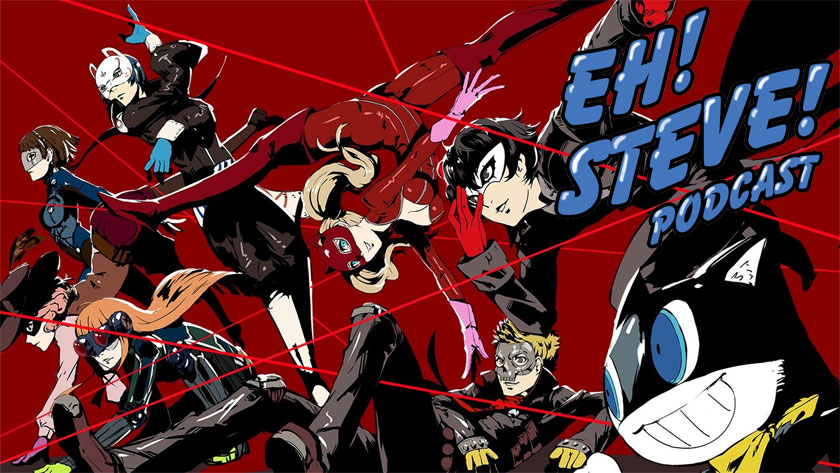
In perhaps the longest episode of Eh! Steve! thus far, Chris and Steve discuss the highs and lows of the Final Fantasy VII Remake.
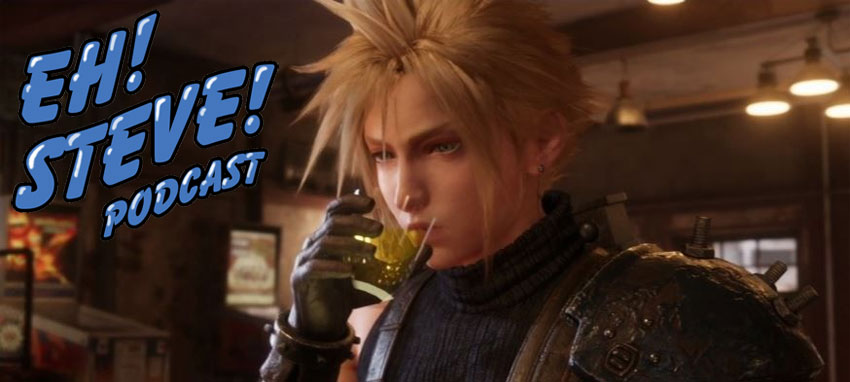
Before diving into the narrative proper of Persona 5 Royal, let's examine the manner in which this game can give us a better understanding of how Japanese culture impacts its social dynamics.
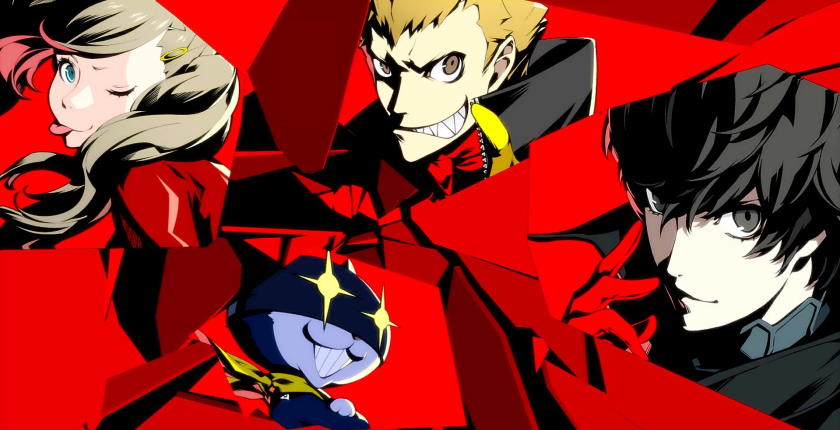
Normally I don’t write about a game until I’ve finished it. This way I understand the full scope of its mechanics and gameplay as well as narrative. There are too many games that start out perfectly paced and exciting, garnering positive first impressions, only for the latter stages to fall apart from unreasonable challenges, glitched out levels, dragged out missions, or other disruptions to a previously enjoyable experience. A story’s themes may not fully emerge until its final hours, its true antagonist and their motivations kept hidden until the climactic finale. Or, like The Last of Us, the game’s entire narrative recontextualized by its conclusion.
I will not be doing that for Persona 5 Royal. The first hour of the game thoroughly pummels the player with the core of its thematic conflict, letting the player know that the struggle between young and old generations is at the game’s heart. By the thirtieth hour, it is not only examining this conflict in greater detail through its different characters, but it is beginning to ask questions of the perspective of “right” and “justice” that our heroes have chosen.
This is a game that has so much to dive into I may very well create a video on it some day. However, given my current rate of production in that regard, I’d rather not wait however many years until that opportunity arises. Instead I will be posting my thoughts as a series here on the blog, perhaps to be used as an outline for such a video in the future.
I don’t know for certain how many posts I will write, nor do I know what sort of subject matter each one shall focus on. There are individual characters whose situations could garner an entire essay themselves, such as Makoto Niijima or, in time, assistant to the heroes Mishima. There’s something to be said of the method in which our protagonists “steal hearts”, the wishy-washy nature of public opinion, and even the potentially inevitable failure of the rebellion and reform they seek.
Before I delve into any of those topics, however, I’d first like to establish the “plausibility” of the predicament our heroes find themselves in. Not their supernatural abilities, of course, but the very systems that cause them to feel trapped. The plausibility of, say, a sports coach being permitted to physically and even sexually abuse his own students.
Chris and Steve have been stuck inside, so they've got plenty of time to discuss Tokyo Xanadu, The Messenger, Hi Score Girl, and Halo 5.
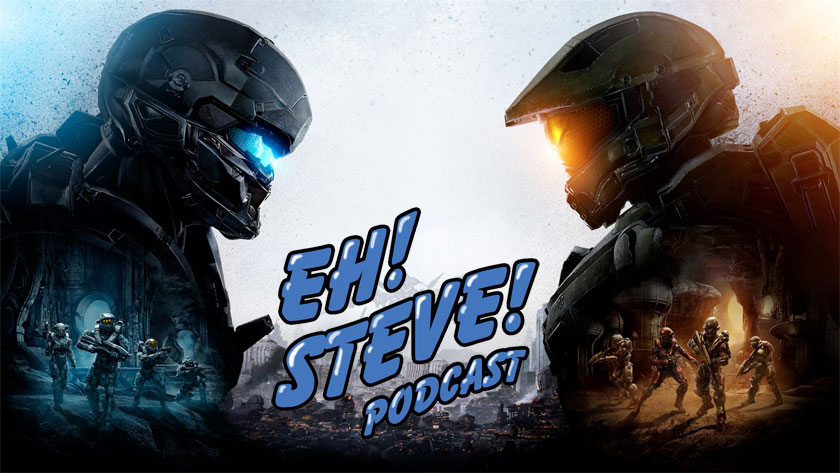
To define a game's genre strictly through the mechanics it uses fails to understand the manner in which those mechanics combine to generate an emotional and mental response from the player.
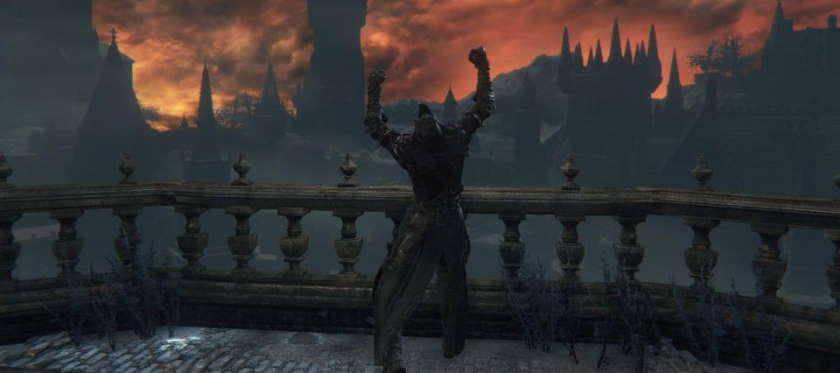
My outrage to someone claiming a game is “like Dark Souls” just because it is difficult is about as predictable as the comparison itself. I never got far in either Demon or Dark Souls, and while I managed a few hours progress in Sekiro: Shadows Die Twice I found myself increasingly angry at the game’s many flaws. People had always described From Software’s design philosophy as “harsh but fair”, yet I found nothing fair in handicapping the player with a framerate of 30FPS while demanding such precision timing. The uncanny ability for enemies to pivot mid-animation, following your every movement regardless of their initial target, is the very definition of unfair. As a stealth game, Sekiro was fine. As an action game, it was a dominatrix demanding I lick the dirt from its stiletto heels and I’m sorry but masochism was never really my kink.
It was with some trepidation, then, that I acquiesced to my friend’s demands to try Bloodborne, From Software’s PlayStation 4 exclusive of the same “genre”. Like its brethren you’re expected to die almost immediately in order to learn a lesson about the cruelty of the world as well as death not being the end. Death does, however, come with a cost. Any of the precious currency used to gain levels and increase stats is lost. It’s possible to retrieve said currency, but should you die on the way back to your lost treasure or during retrieval, they will be lost permanently With few exceptions, all slain monsters and malcontents are only temporarily deceased. Any step into a sanctuary location immediately resurrects the defeated, meaning victory is fleeting.
It should be noted that I enjoyed games with similar mechanics. I absolutely loved Darksiders III once I had adjusted to the more threatening atmosphere, learning to “kite” or “aggro” enemies so that I could defeat them alone rather than in a group. Hollow Knight also drops all gained currency upon death, though with the added twist of reducing your total spiritual or magic power until you’ve defeated the dark spirit of your old corpse in combat. More recently I’ve played Star Wars: Jedi: Fallen Order which imitates the manner foes respawn into the world upon resting at a sanctuary.
It’s clear that I’m not completely opposed to certain mechanics found in From Software’s titles. In fact, should I play more of Bloodborne I may have more thoughts regarding why I’m so taken by it compared to the other titles. Yes, that’s right, I am indeed enjoying Bloodborne despite dropping the rest of the games with a deep sense of apathy or, in the case of Sekiro, absolute frustration. For now, however, I’d instead like to focus on the peculiar concept of “genre” and how it fails to illustrate the actual feel of a game. You see, yesterday morning, watching a crazed old lady jam a sickle into my character’s poor mutilated face repeatedly, I was struck by an epiphany:
Playing Bloodborne is a lot like playing a Resident Evil game.
It's a pretty good imitation, but that's all it is.
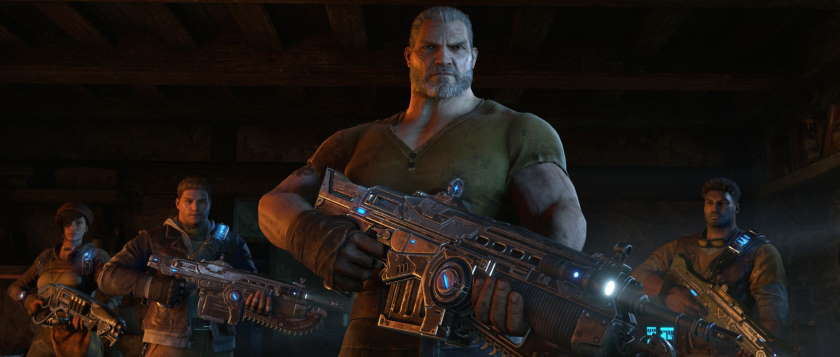
Rod Fergusson is clearly a man with a deep love for the Gears of War franchise. He quit his job as a producer with Microsoft Game Studios in order to join Epic Games and save the first entry of the franchise from a Hellish development. He had left to join Irrational Games to help ship Bioshock Infinite once Epic decided the third game would be their last. When Microsoft had purchased the rights to Gears of War, Fergusson rushed back in order to continue working on a franchise he loved.
Rebranding Black Tusk studios into Gears of War factory The Coalition meant entrusting the franchise to a team that had largely never worked on the franchise before. With this in mind, Fergusson had tasked the team with recreating individual combat arenas and set pieces from the first three games. He wanted the team to understand the franchise mechanics intimately: how the timing of waves and distance from an opponent could influence the feel of a skirmish. It was crucial for Ron that the team know what it meant to be a Gears of War game.
I believe this dedication is the sole reason Gears of War 4 was as competent as it was. The fundamentals of the franchise remain intact. However, I can’t help but feel as if I’d rather be fighting the Lambent again, a feeling I never expected to have.
Chris and Steve finally return to discuss JoJo's Bizarre Adventure, the Final Fantasy VII Remake demo, and a few other games they've been playing lately.
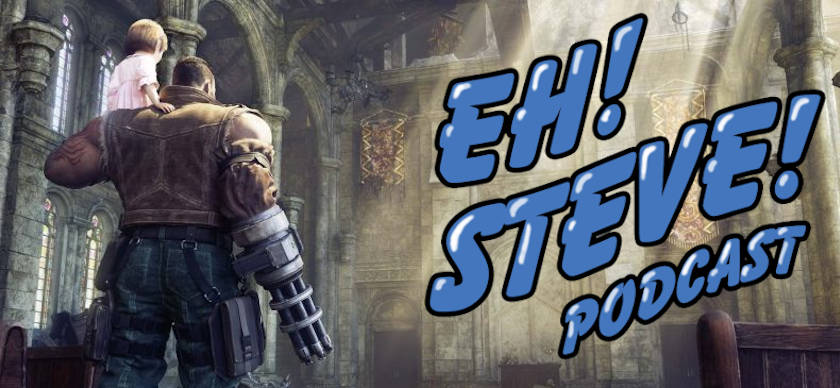
There are depths to plumb in this seemingly simple and grisly visual novel about high school students trapped in a killing game.
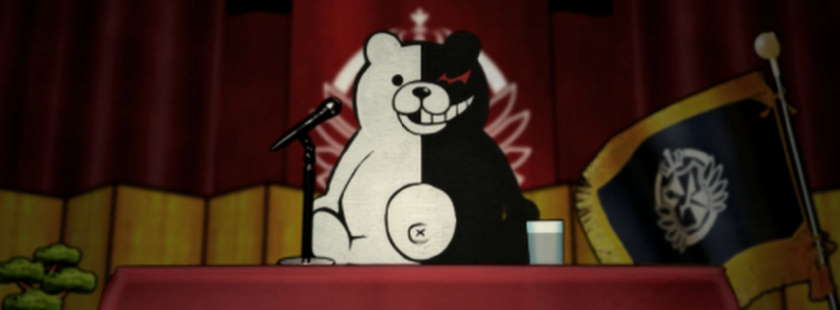
It is not at all possible for the concept of wa or harmony to completely disappear in Japan. The disappearance of wa would mean that the Japanese would cease to be Japanese.
Masayuki Tamaki
This quote is used in the introduction of You Gotta Have Wa, a book written by Robert Whiting about the culture clash between America and Japan through the sport of baseball. It has been a fascinating read, adding further context and understanding to basic concepts I only knew of on a surface level: fighting spirit, honne and tatemae, and that of wa itself.
I enjoy reading about this stuff because it further enriches my perception of a lot of Japanese entertainment. Character decisions that otherwise seem foolish or baffling in an American context can be better understood when you know how the concept of “face” differs in Japan. I’m admittedly no sociologist, but ever since I began learning of these things I’ve better caught on to themes and ideas I otherwise would never have grasped in Japanese entertainment.
Which is why Danganronpa was such an enthralling game to play. On the surface it’s some twisted highschool murder game hosted by an unsettling robotic mascot bear. Its fur is divided between a white-and-cuddly half sporting an innocent smile while the vicious-and-black half bears sharp teeth and a fierce red eye. The contrasting halves represent the dueling concepts of hope and despair that serve as the story’s core.
The long delayed episode wherein Chris and Steve discuss the latest Star Wars game is finally here!

It turns out that Gears of War 3 is not only better than I remember it being, but almost the best of the original trilogy. Too bad about the Lambent.
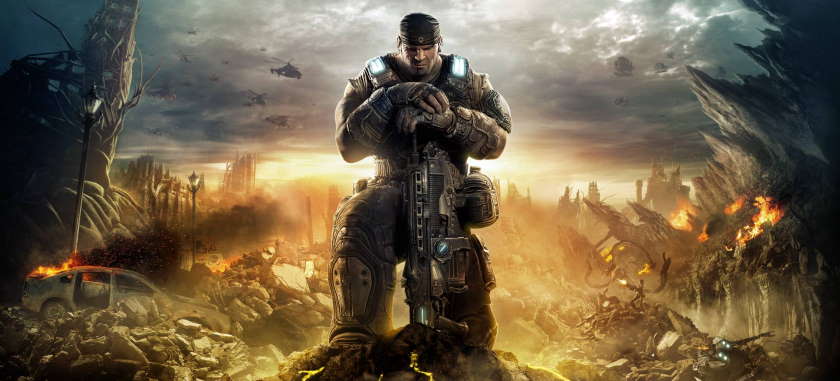
The Lambent are the worst aspect of Gears of War 3. I regretted selecting Hardcore difficulty as I slogged through the game’s opening chapters. “Do I really need to play this third entry before jumping into the fourth?” I asked myself. Did it truly matter? I knew the basics of the plot – who survived and who died – and I knew that Gears of War 4 introduced some new form of monstrous antagonist. Was it really worth suffering through the Lambent?
By the second or third hour into the game, shuffling through the trenches of a Locust stronghold, I was struck by a sudden realization: I was having fun. In fact, I was having more fun than I had at just about any point in Gears of War 2.
An hour later I found myself surrounded by Lambent once more. When the glowing, parasitic berserker showed up, I decided I had played enough and put the controller down.
For years I was certain Gears of War 3 had the worst campaign in the trilogy. It turns out the only thing I remembered were the worst parts. Playing all three games back-to-back, it’s clear that Gears of War 3 was almost the best campaign of them all.
What I once thought was the best Zelda game in years now feels like a victim of modern Nintendo design practices.
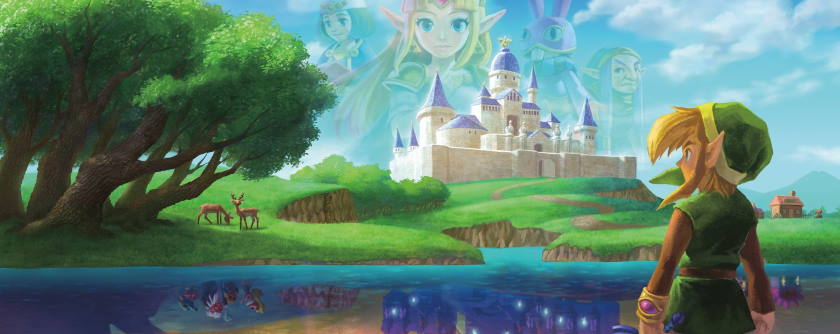
My response to A Link Between Worlds when it first released was unceasingly positive. Looking back at my initial write-up of the game, I had nothing but good things to say.
Which is why it’s so strange that I was not feeling nearly so warm about it on this recent playthrough.
Part of it may be due to having just played A Link to the Past before revisiting the 3DS sequel. I picked up the game again so that I might see where Nintendo took the concept some years later. If you watched my most recently released video, then you’ll know I spoke quite positively about that stormy, rain-drenched opening. It may honestly be my favorite opening of the entire franchise simply due to the tone it sets and the speed at which it gets the player into the middle of the action.
A Link Between Worlds opens with no such homage. It is far slower, taking cues from the latter Zelda games and their desire to establish a status quo before interrupting Hyrule’s peace. This means the same flaws that impact the “slow” or “easy” opening of A Link to the Past are made worse in A Link Between Worlds.
I don’t need every game to open up with action. However, I think some of the most memorable beginnings are those with a strong introductory gameplay segment. Final Fantasy VII has a classic opening not just because of the impressive 3D zoom-out and zoom-in of Midgar, but because the player is immediately hopping off of a train and fighting off enemy soldiers. Mega Man X begins on a highway with cars zooming away from the Maverick machines, pitting the player against monstrous helicopters that wreck the street in ways the prior games never tried.
Not to say that a calm, narrative-focused opening is always a problem. You simply need the writing chops to make it interesting, to invest the player in the experience enough that it will be worth revisiting on repeat playthroughs. Typically this is done by droppings bits of world-building that pay off later on, or hinting at later reveals that most players won’t think to be looking for on the first time through. A Link Between Worlds does no such thing. Its characters are shallow archetypes of every Zelda game, its twists hidden for the very end. While the colorful denizens of Hyrule certainly add some beneficial flavor to the game, they do little more than suck up time at the start as an obscene amount of text scrawls across the screen.
Really, though, what A Link Between Worlds attempts with story is a minor fraction of the experience. At most it made it harder to really get into the swing of things, the play sessions obnoxiously brief before I finally was able to sit down and feel invested in the game itself.
A look back at how a series had started strong only to be usurped by the search for bigger spectacle.
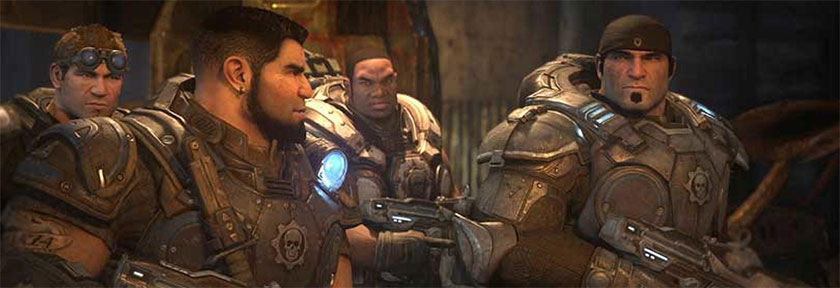
Gears of War is at its best when it is focused on simple skirmishes rather than major set-pieces. This is the conclusion I’ve come to after replaying the first two titles on my newly acquired Xbox One X. Graced with the limited edition of the console emblazoned with the franchise logo under a plastic facade of ice, I decided it would do me well to revisit the franchise from its origin before catching up on the next-gen exclusives I’d missed.
It was a decision that inadvertently left me feeling old as I reflected upon the timeframe these games originally released. My mind flashed back to more than a decade ago, playing the original game in my College apartment. As I explored the co-op campaign with an old Internet friend, we expressed our desire to see a Warhammer 40K style of game done with these shiny new cover mechanics. They seemed like such a revelation in 2006, delivering a stylized interpretation of the grit and lethality of war in a manner other first-person shooters had failed to achieve.
There was something raw about hugging against a crumbling wall or pile of sandbags, peering up long enough to deliver a volley of bullets into the subterranean cranium of a Locust soldier before ducking your head back down. As med kits were abandoned in favor of regenerating health, players were resorting to diving behind cover for a breather in all the other shooters anyway. Epic Games merely turned it into a mechanic. Walking around out of cover exposed the player to incredibly lethal doses of enemy fire. The environment of each battlefield was arranged so the player had to carefully consider their position, flanking opportunities, and avoidance of being flanked.
It’s too bad Epic began to chase the big, cinematic set piece moments like every other developer of the era.


